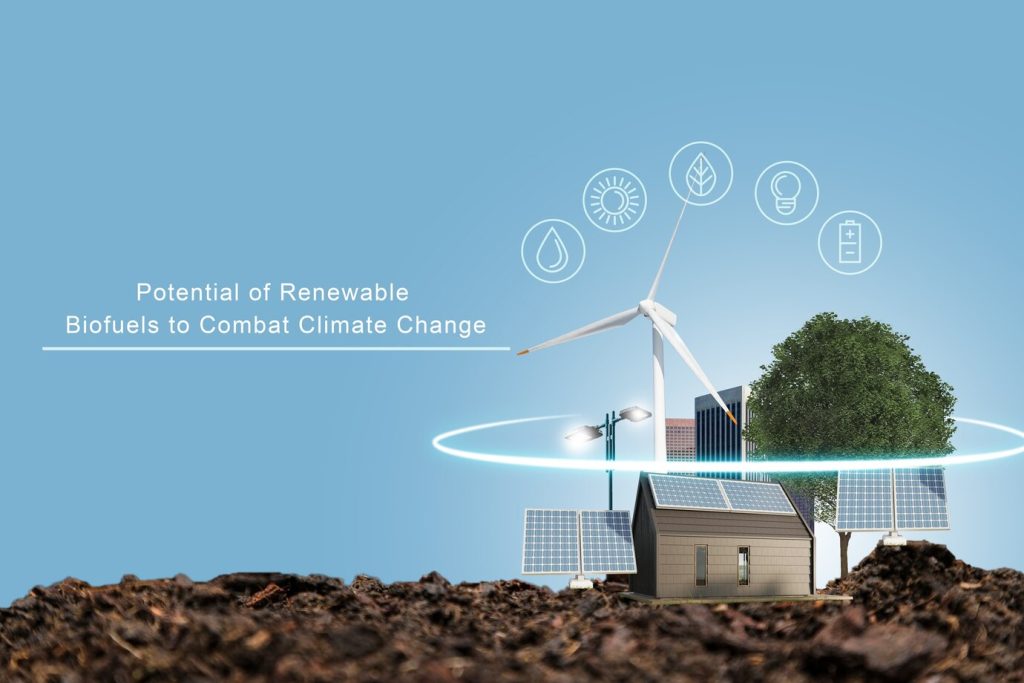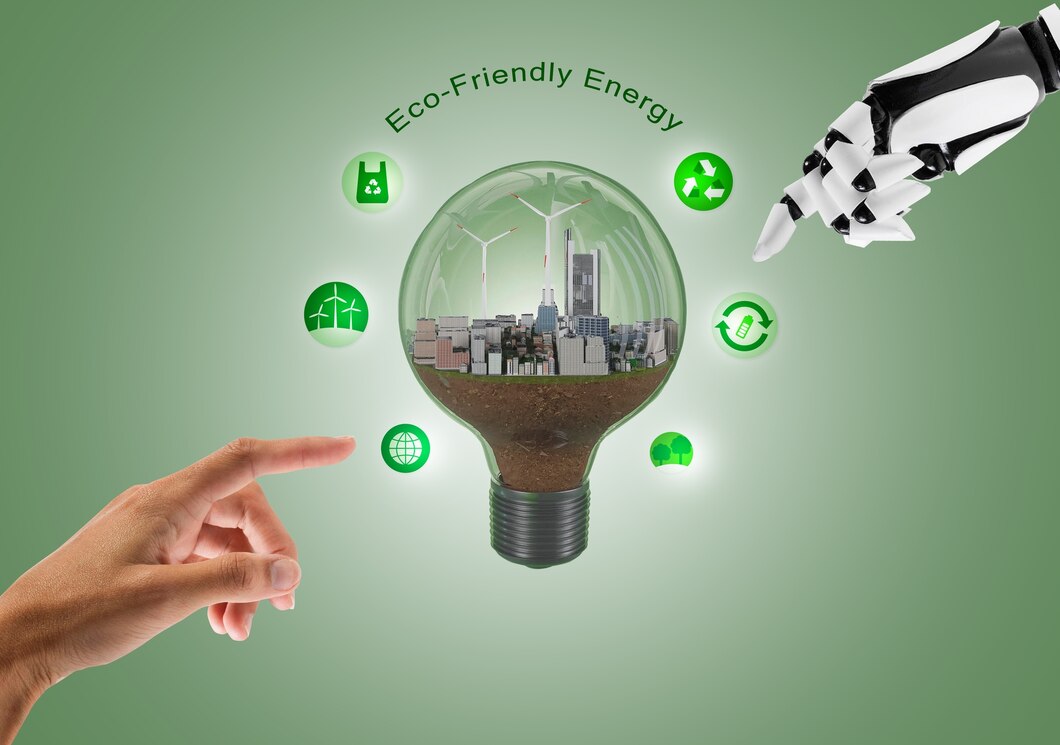In the battle against environmental concerns, technology has emerged as a powerful ally, offering innovative solutions to address complex challenges and pave the way towards a more sustainable future. From renewable energy and waste management to conservation and monitoring, technological advancements are revolutionizing the way we approach environmental conservation. In this article, we explore some of the cutting-edge technologies driving progress in environmental sustainability.

1. Renewable Energy Technologies
Renewable energy technologies, such as solar, wind, hydroelectric, and geothermal power, are leading the charge in the transition away from fossil fuels towards a cleaner, more sustainable energy future. Advances in solar panel efficiency, wind turbine design, and energy storage technologies have made renewable energy sources increasingly cost-effective and scalable, reducing reliance on carbon-intensive sources of energy and mitigating the impacts of climate change.
2. Smart Grids and Energy Management Systems
Smart grid technologies leverage data analytics, automation, and connectivity to optimize energy distribution, improve efficiency, and integrate renewable energy sources into the grid. From smart meters and demand-response systems to microgrids and energy storage solutions, these technologies enable more flexible, resilient, and sustainable energy systems, reducing emissions and enhancing grid reliability.
3. Environmental Monitoring and Remote Sensing
Remote sensing technologies, such as satellites, drones, and sensors, provide invaluable tools for monitoring environmental changes, assessing ecosystem health, and tracking wildlife populations. These technologies enable scientists and conservationists to collect data over large spatial scales and inaccessible terrain, facilitating more informed decision-making and targeted conservation efforts.
4. Artificial Intelligence and Machine Learning
Artificial intelligence (AI) and machine learning algorithms are revolutionizing environmental research and management by analyzing vast amounts of data, identifying patterns, and predicting future trends. From predicting climate change impacts and optimizing land use to detecting illegal logging and poaching activities, AI-driven solutions empower conservationists to make data-driven decisions and prioritize resources more effectively.
5. Circular Economy and Waste Management Technologies
In the transition towards a circular economy, innovative technologies are transforming waste management practices and minimizing the environmental impact of resource consumption. From recycling and composting facilities to waste-to-energy and upcycling technologies, these solutions enable the recovery, reuse, and repurposing of materials, reducing landfill waste and conserving natural resources.
6. Precision Agriculture and Sustainable Farming Practices
Precision agriculture technologies, including drones, sensors, and GPS-guided equipment, optimize resource use, minimize environmental impacts, and improve crop yields. By precisely monitoring soil conditions, water usage, and crop health, farmers can reduce inputs, minimize pollution, and enhance ecosystem resilience, promoting sustainable agriculture practices and food security.
Conclusion
As environmental concerns continue to escalate, the role of technology in driving sustainable solutions has never been more critical. By harnessing the power of renewable energy, smart grids, environmental monitoring, artificial intelligence, circular economy principles, and precision agriculture, we can address the root causes of environmental degradation, mitigate the impacts of climate change, and create a more resilient and sustainable future for generations to come. As we embrace these innovations, we must also ensure equitable access and considerate implementation to maximize their benefits for people and the planet.
